Digital Infrared Thermal Imaging in Mandeville
Harnessing Digital Infrared Thermal Imaging for Proactive Health Insights

WHAT IS DIGITAL THERMAL IMAGING (DITI) AKA THERMOGRAPHY?
Digital infrared thermal imaging is a totally non-invasive clinical imaging procedure for detecting and monitoring a number of diseases and physical injuries, by showing the thermal abnormalities present in the body.
It can be is used as an aid for diagnosis and prognosis, as well as monitoring therapy progress, for conditions and injuries, including:
- Inflammation
- Back Injuries
- Arthritis
- Headache
- Nerve Damage
- Unexplained Pain
- Dental and TMJ
- Vascular Disease
- Breast Disease
- Inflammatory Pain
- Referred Pain Syndromes
- Sprain/Strain
- Digestive Disorders
THERMOGRAPHY PROCEDURE
Unlike most diagnostic tests D.I.T.I. is:
- Noninvasive
- No Radiation
- Painless
- No contact with the Body
- FDA Regulated as an Adjunctive Test
This quick and easy test starts with your medical history being taken before you partially disrobe for the scanning to be performed. Standard region of interest exams take approximately 15 minutes and a full body 30 minutes. Your printed report is normally completed within a few days.
Your results are reported quickly by certified doctors and include all color images taken during your test.
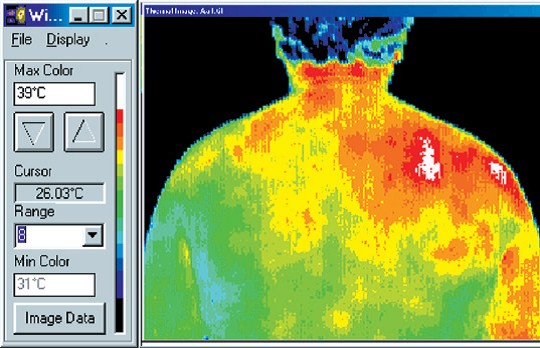
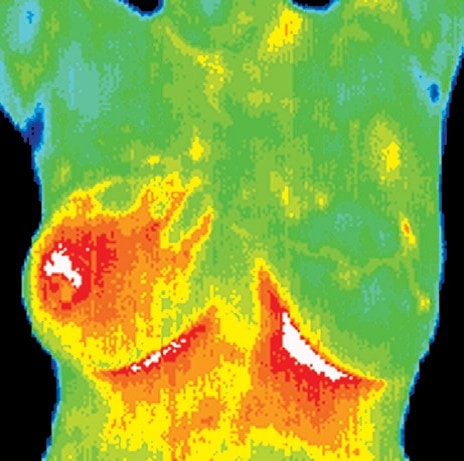
ADJUNCTIVE USE CLINICAL DITI
Helping to Provide Answers in the Diagnosis of Pain
- The only method available for visualizing and objectively recording indications of pain and pathology.
- Can assess pain and pathology in any area of the body.
- Is a useful adjunctive procedure to many other diagnostic tests.
- Is very cost effective, risk free, and provides instant images.
AN EXTREMELY VALUABLE TEST TO HELP IN THE EARLY DETECTION OF BREAST DISEASE.
DITI’s role in breast cancer and other breast disorders is to help in early detection and monitoring of abnormal physiology and the establishment of risk factors for the development or existence of cancer. When used with other procedures the best possible evaluation of breast health is made.
CURRENT EARLY DETECTION GUIDELINES
One day there may be a single method for the early detection of breast cancer. Until then, using a combination of methods will increase your chances of detecting cancer in an early stage. These methods include:
- Annual DITI screening for women of all ages.
- Mammography, when considered appropriate for women who are aged 50 or older.
- A regular breast examination by a health professional.
- breast self-examination.
- Personal awareness for changes in the breasts.
- Readiness to discuss quickly any such changes with a doctor.
These guidelines should be considered along with your background and medical history.
DITI can show the physiological changes that accompany breast pathology, including cancer, fibrocystic disease, infection or vascular disease.
Your doctor can then plan accordingly and recommend a management program to diagnose and/or monitor you during and after any intervention or treatment.
All women can benefit from DITI breast screening. However, it is especially appropriate for younger women (30 – 50) whose denser breast tissue makes it more difficult for mammography to be effective. It can also be used for women of all ages who, for many reasons, are unable to undergo routine mammography. This test can provide a ‘clinical marker’ to the doctor or mammographer that a specific area of the breast needs particularly close examination.
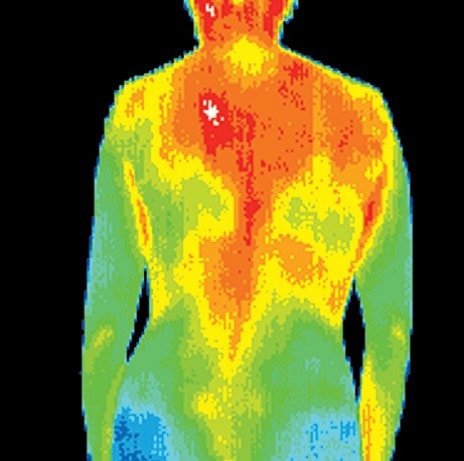
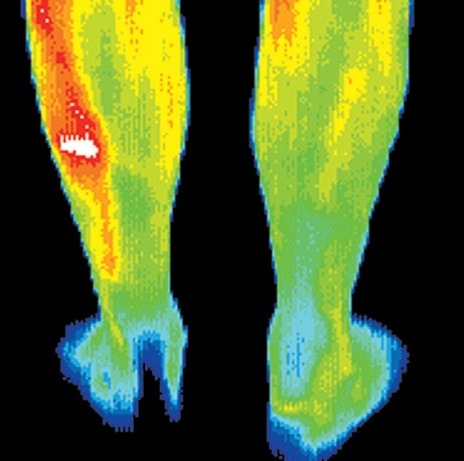
Football player with a stress fracture that was not detected with x-ray. Bone scan confirmed DITI findings.

Upper back and neck pain, also regular head aches. Thermography guided treatments achieved better results than any previously.
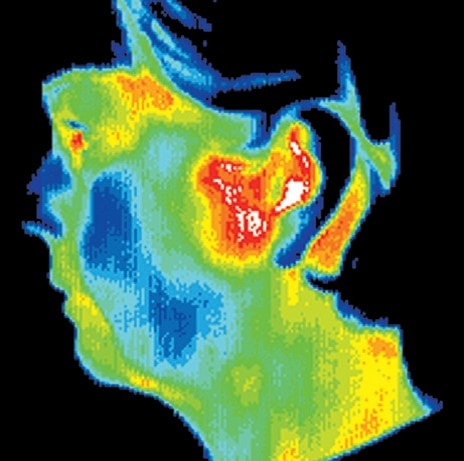
Pain in the jaw. Thermogram findings helped confirm diagnosis of TMJ and referral to the appropriate specialist for treatment.

Significant inflammatory changes in the right breast. Referral to a breast specialist and subsequent biopsy diagnosed inflammatory breast cancer at a very early stage.
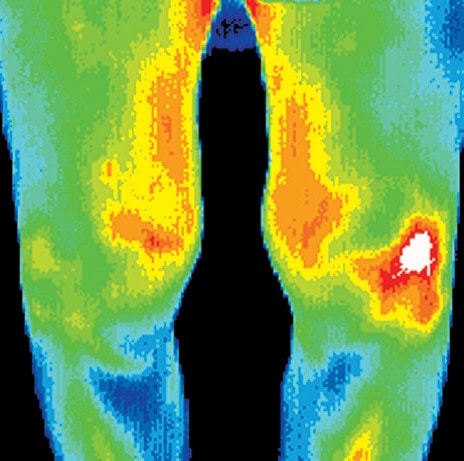
Arthritic disorders generally appear as ‘hot areas’, since the affected sites are usually inflamed.
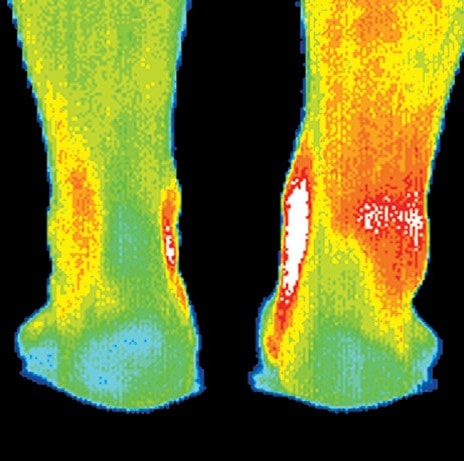
A painful ankle injury can be monitored throughout treatment and rehabilitation.
DITI has been recognized as a viable diagnostic tool since 1987 by the AMA Council on Scientific Affairs, the ACA Council on Diagnostic Imaging, the Congress of Neurosurgeons in 1988, and in 1990 by the American Academy of Physical Medicine and Rehabilitation. Telethermography systems are FDA regulated as a medical device under 21 CFR 884.2980. Telethermographic systems are intended for adjunctive diagnostic screening and screening for breast cancer.
